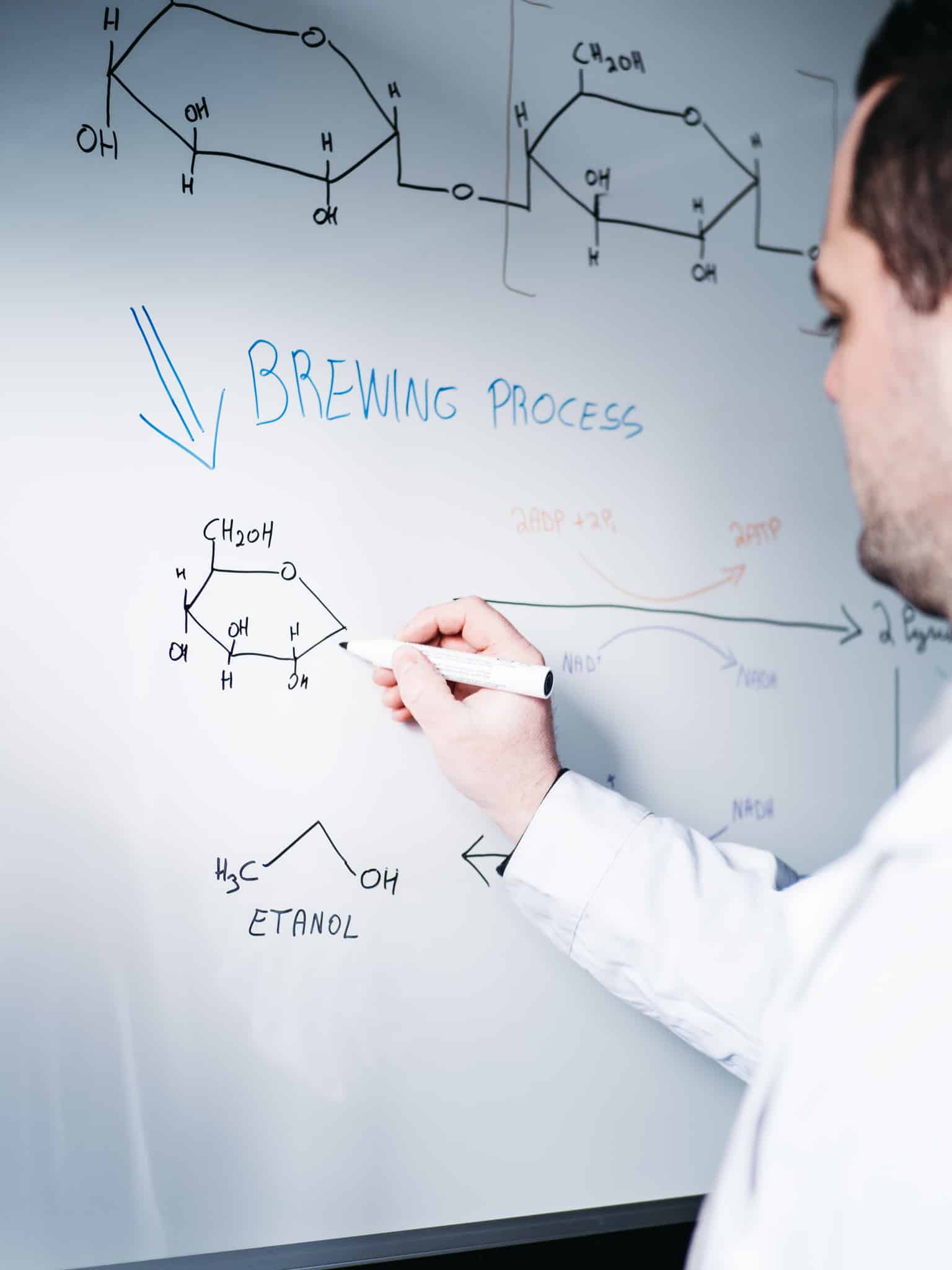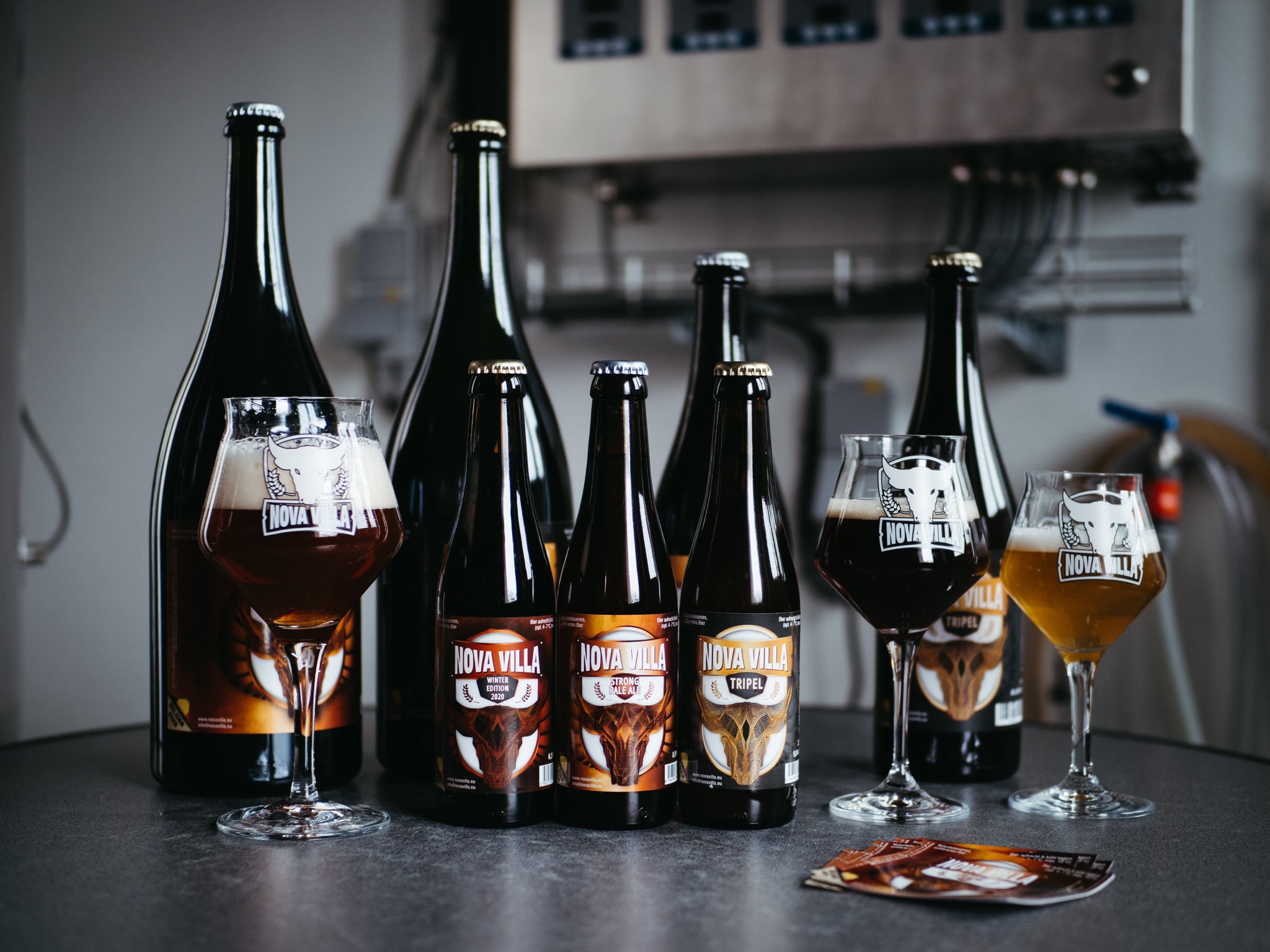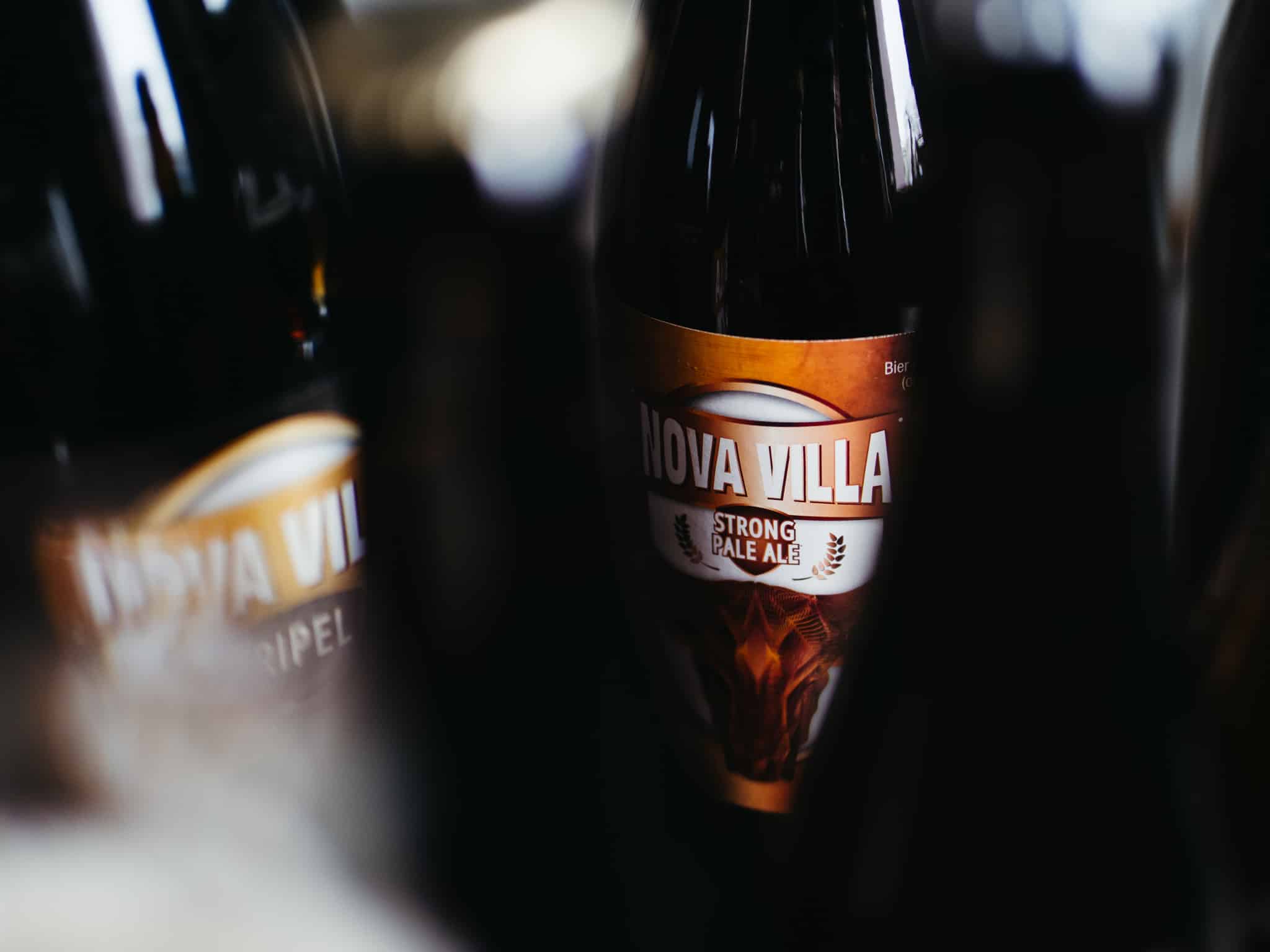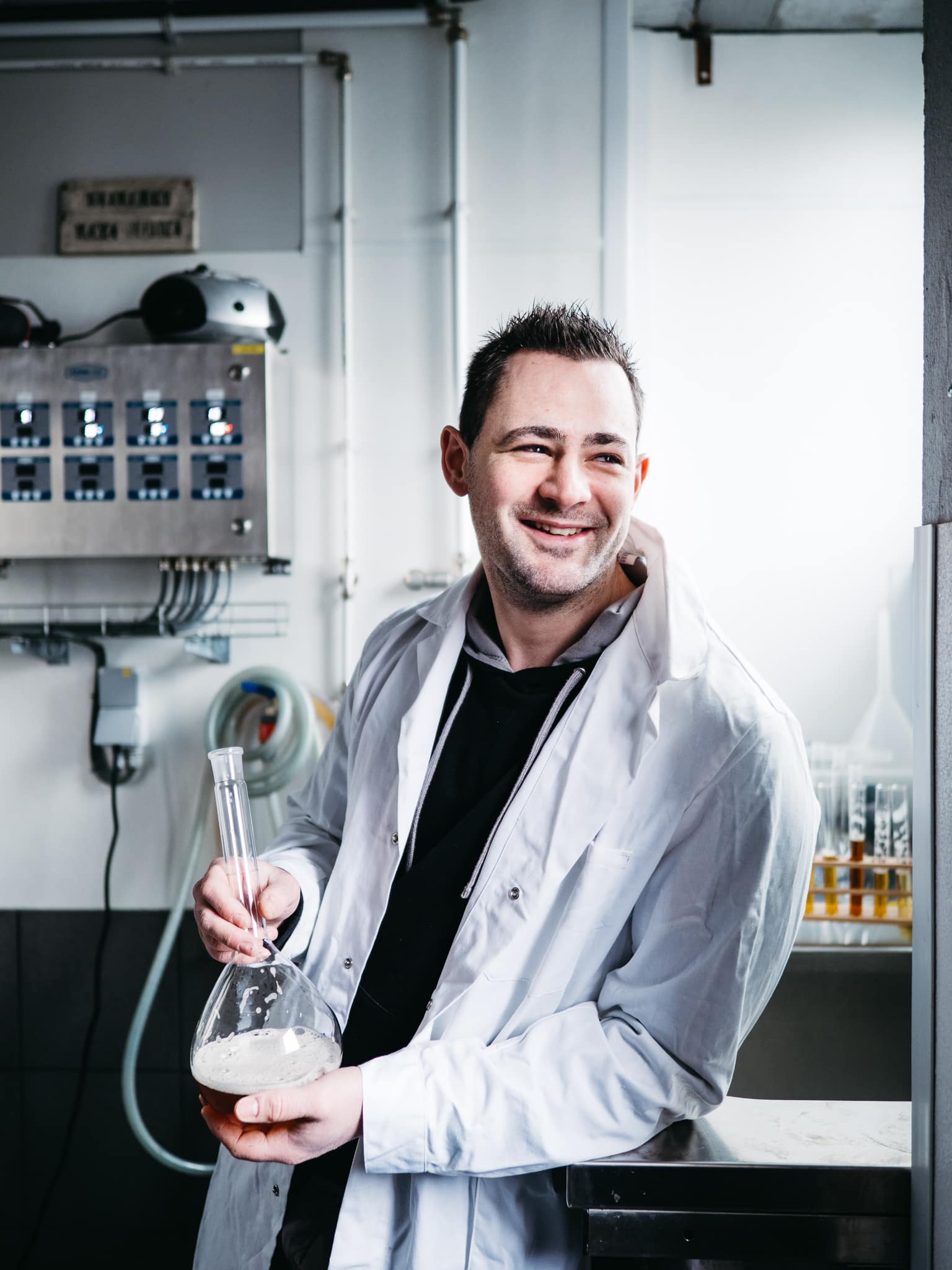Words and photos by Ashley Joanna
Edited by Breandán Kearney
Humans of Belgian Beer is a series of photographic portraits which celebrate a people and their culture.
As a child, Eric Lampertz was a mixer. He mixed soda and flour in the kitchen; he mixed chemicals on the farm passed down from his grandparents to his parents; and later, he mixed liquids in chemistry class at school. The mixer eventually completed his master’s in industrial engineering in 2014, specialising in chemistry and biochemistry.
“In restaurants and at home I always felt the need to mix different liquids or mix them with other products to see how it changes,” says Eric. Not only would he mix different drinks together, but he’d mix drinks with spices and herbs.
During a biotechnology course he took during his studies, he was introduced to the science of beer. Soon, he had built a nano brewery for recipe development, tucked away in the farmhouse barn his grandparents had used for milk production 50 years ago. The project was part of laboratory work during his studies, but soon became his own commercial beer brand: Nova Villa.
“Chemistry gives you the opportunity to create new things,” says Eric. “If you understand the chemical and biochemical processes, you can influence science to create new flavours.”
By 2017, Nova Villa had evolved from a recipe to a brewery servicing a local market in Ostbelgien. Eric produces Belgian ales, including a copper-coloured Strong Pale Ale of 8% ABV with a complex malt character and hoppy aromatics, and a Tripel with citrus, flowery, and fruity notes.
“The fact that my beer is produced where my grandparents used to also make their living is very special to me,” says Eric, now mixing his career with his passion and with his family heritage.
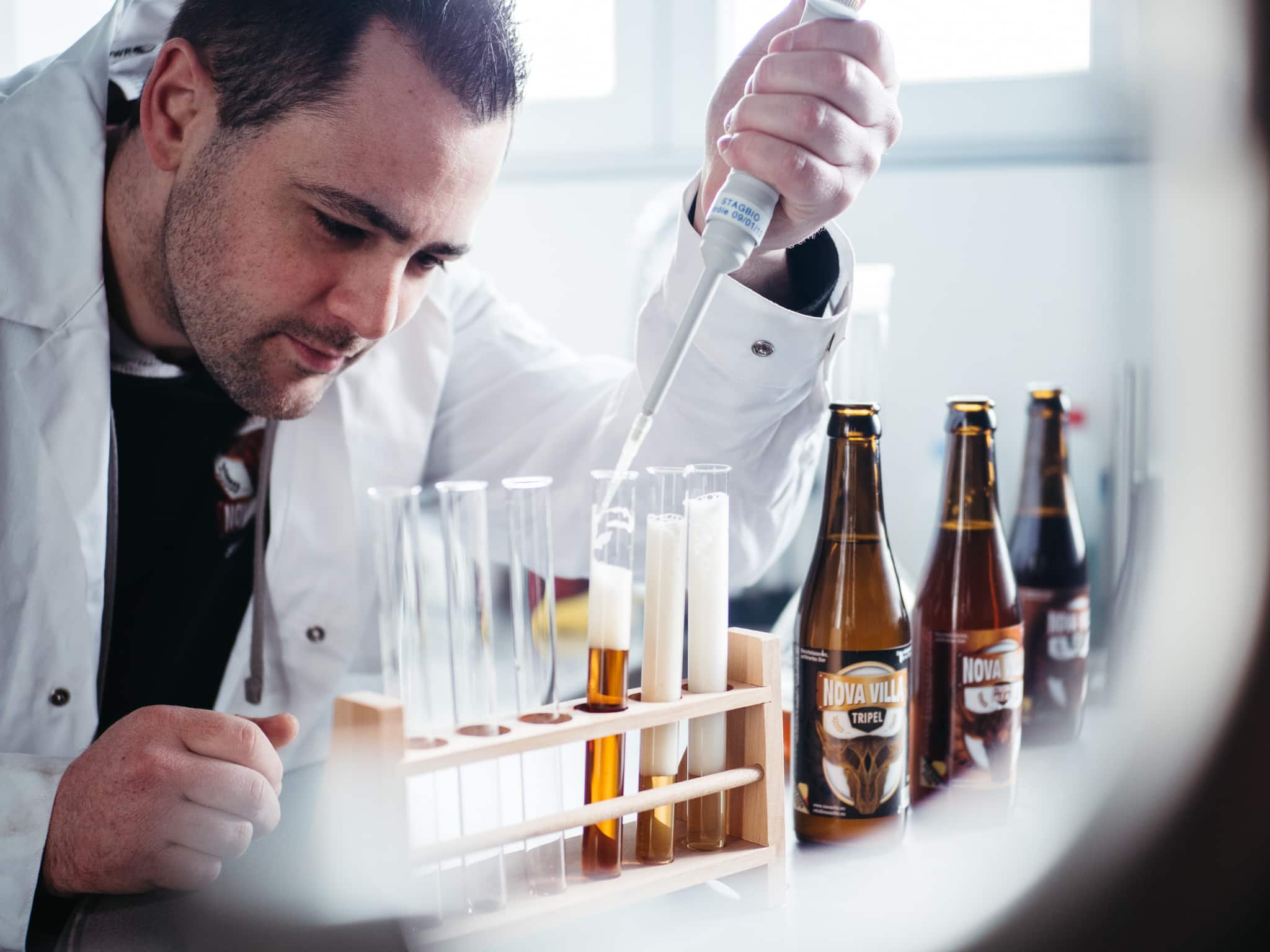
If you understand the chemical and biochemical processes, you can influence science to create new flavours.
Eric Lampertz
